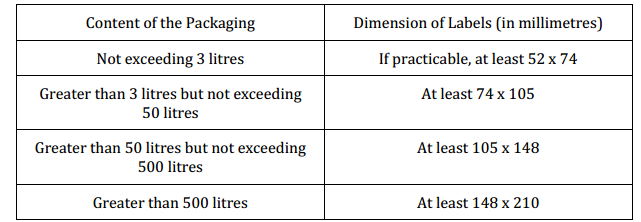GHS has been introduced to Malaysia via CLASS Regulations issued in Oct 2013 and the Industry Code of Practice on Chemicals Classification and Hazard Communication(ICOP) issued on 16 April 2014. Industry has been given one year grace period to comply with CLASS Regulations and ICOP since ICOP was published.
ICOP is promulgated as a guidance to help the industry comply with CLASS Regulations. It sets out detailed requirements on chemical classifications, labelling and safety data sheets (SDS).
ICOP consists of four parts:
- Part I: List of Classified Chemicals
- Part II: Chemicals Classification
- Part III: Hazard Communication: Labelling and Safety Data Sheet
- Part IV: Confidential Business Information
Classification & Building Blocks in ICOP
The Part I of ICOP contains a list of chemical substances that have been classified by DOSH. For hazardous substances on the list, companies must use the classifications given on the list.
For substances not on the list, companies shall use classification criteria given in Part II to classify their chemicals. The classification criteria are aligned with UN GHS Rev. 3. The following building blocks are not adopted by Malaysisa.
- Flammable Liquids Cate. 4;
- Acute Toxicity Cate. 5;
- Skin corrosion/irritation Cate. 3;
- Aspiration Cate. 2;
- Acute Aquatic Hazards Cate. 2 & 3;
Labelling
- Minimum font size: 7 points;
- Pictogram size: one fifteenth of the surface area of a label(minimum 10 mm x 10 mm);
- Small package (<=125 ml): hazard and precautionary statements can be omitted; plus a statement "read SDSs before use".
- Language: in both national language and English;
- Label size: depending on package volume(please refer to the table below).

More info about ICOP
http://www.chemsafetypro.com/Topics/Malaysia/Industry_Code_of_Practice_on_Chemicals_Classification_and_Hazard_Communication.html
No comments:
Post a Comment